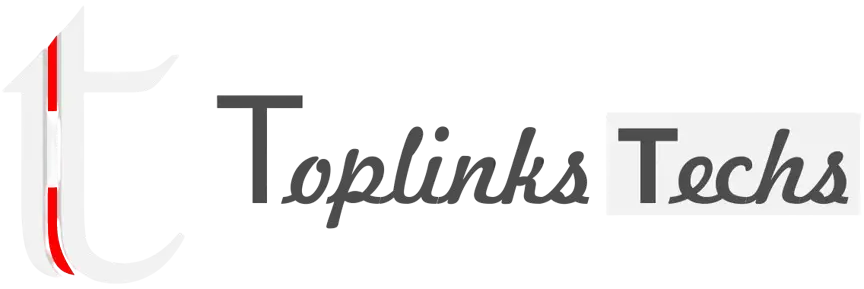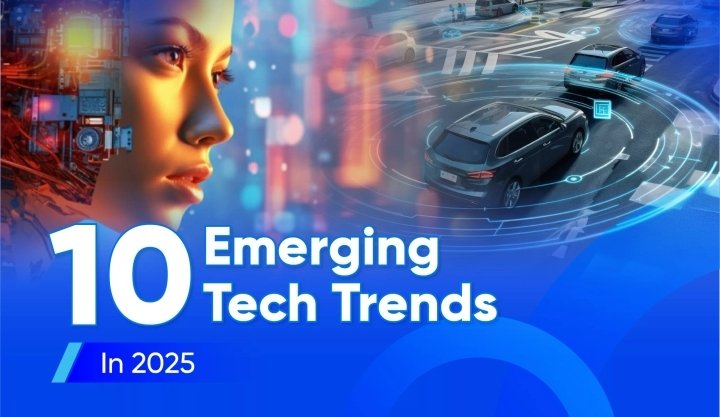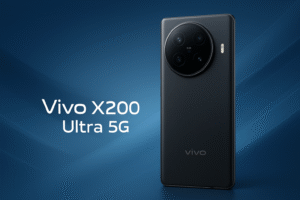10 Latest Technology Innovations
- Generative and Agentic AI Systems
AI that doesn’t just react to prompts but plans, reasons, and acts more autonomously. This includes agents that can undertake multi-step tasks, adapt, learn from the environment, and perform more complex decision making.
–
- Quantum Computing & Quantum Resilience
More progress in making quantum devices more practical: improving error correction, mitigating quantum noise, and exploring applications in cryptography, materials science, optimization problems. - 6G Networks & Advanced Connectivity
While 5G is still rolling out, research and early standard developments for 6G are gaining momentum. Expected features: ultra-high bandwidth, very low latency, integration with satellite networks, more intelligent, adaptive network infrastructures. - Edge Computing & IoT Synergy
Pushing compute and intelligence closer to where data is generated (on devices, sensors, small edge nodes) to reduce latency, increase reliability, and reduce bandwidth needs. This is especially important for real‐time applications like autonomous vehicles, remote monitoring, etc. - Smart Robots & Autonomous Systems
Robots becoming more autonomous, versatile, and useful beyond structured factory settings. Uses include supply chain logistics, healthcare assistance, service robots. Advancement in perception, navigation, adaptability. - AI in Healthcare & Personalized Medicine
AI helps with early diagnosis (via imaging, biomarkers), prediction of disease courses, customized treatment plans. Also innovation in wearable health monitoring, non-invasive sensing, etc. - Blockchain, Web3 & Decentralization
More adoption of decentralized finance (DeFi), smart contracts, digital ownership (NFTs etc.), supply chain transparency. Also increased interest in privacy, data ownership. - Spatial & Extended Reality (XR: AR/VR/MR)
More immersive AR/VR/MR applications for work, education, entertainment. Spatial computing that merges physical and digital more seamlessly. - Cybersecurity Innovations
As tech becomes more interconnected and powerful, cyber-risks grow. Innovations include AI-driven threat detection, zero-trust architectures, privacy enhancing tech, identity verification, protection of AI systems themselves. - Biotechnology & Nanomaterials (e.g. DNA Origami, Green Tech in Pharma & Agriculture)
New materials at nanoscale, synthetic biology, DNA origami for advanced materials, advances in biotech for crop yield, disease resistance, medical applications.
Conclusion
These innovations show a clear trend: intelligence, autonomy, and integration are central. Rather than just more powerful hardware, there’s strong emphasis on:
- Systems that can think, adapt, and act in more autonomous ways (agentic AI, robots).
- Pushing computational and connectivity capabilities closer to “the edge” to make things faster, more efficient, more responsive.
- Bridging the digital and physical world (spatial/XR, IoT, smart devices).
- Ethical, governance, and resilience concerns are rising—if you build powerful tech, you must also protect privacy, ensure fairness, and prepare for failures or misuse.
For people, businesses, and governments, the implications are:
- Need to invest in education, skills for working with AI, quantum, robotics, etc.
- Regulatory and policy frameworks must evolve alongside technology, not lag behind.
- Infrastructure (networks, data centers, edge devices) becomes more critical.
- Focus on sustainability, accessibility, and ethical use will be differentiators.




